13 Non-Fiction Books to Explore the Wonder of the World in KS1/2

Sometimes the most exciting stories are those we know to be true – so why not share these with your class, and see where they take them?

- by Teachwire
- Classroom expertise and free resources for teachers

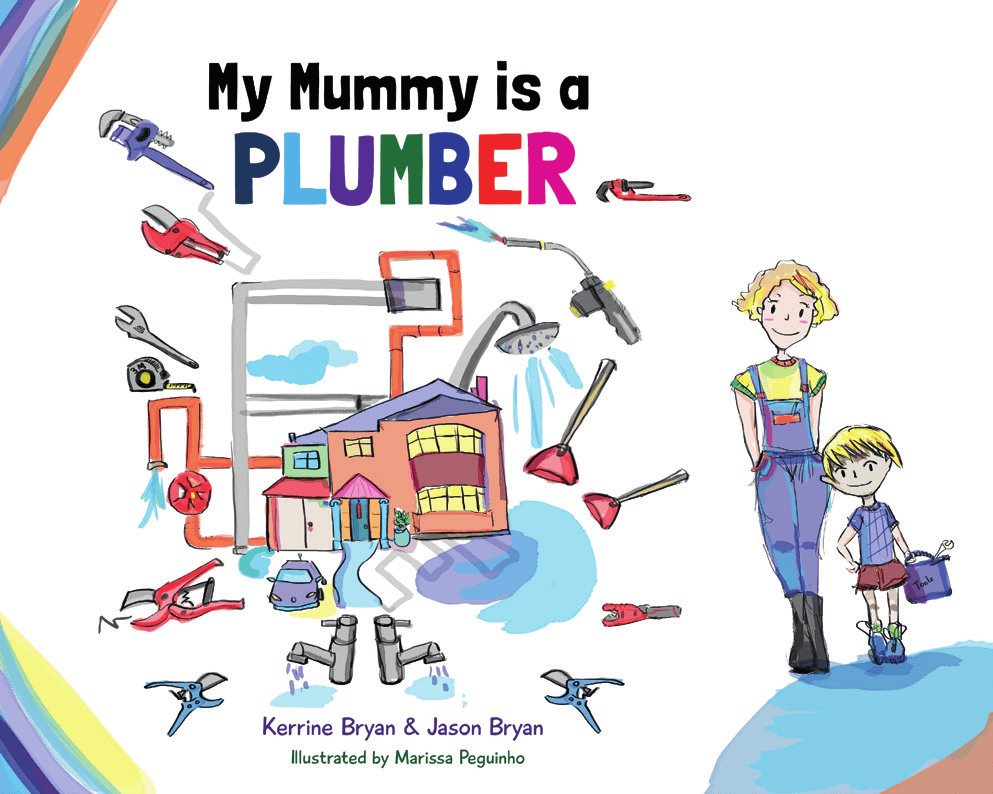 Butterfly Books is the brainchild of Kerrine Bryan – a chartered electrical engineer – and her brother Jason. Through a series of stories about the different kinds of jobs people do, the siblings hope to start making children aware of the full range of future career options open to them – gently challenging a few stereotypes along the way. Bouncy rhymes, plenty of watery onomatopoeia and cheerful illustrations make this a hugely enjoyable read – and a percentage of the publisher’s profits go to supporting international children’s charities, too.
Butterfly Books is the brainchild of Kerrine Bryan – a chartered electrical engineer – and her brother Jason. Through a series of stories about the different kinds of jobs people do, the siblings hope to start making children aware of the full range of future career options open to them – gently challenging a few stereotypes along the way. Bouncy rhymes, plenty of watery onomatopoeia and cheerful illustrations make this a hugely enjoyable read – and a percentage of the publisher’s profits go to supporting international children’s charities, too.
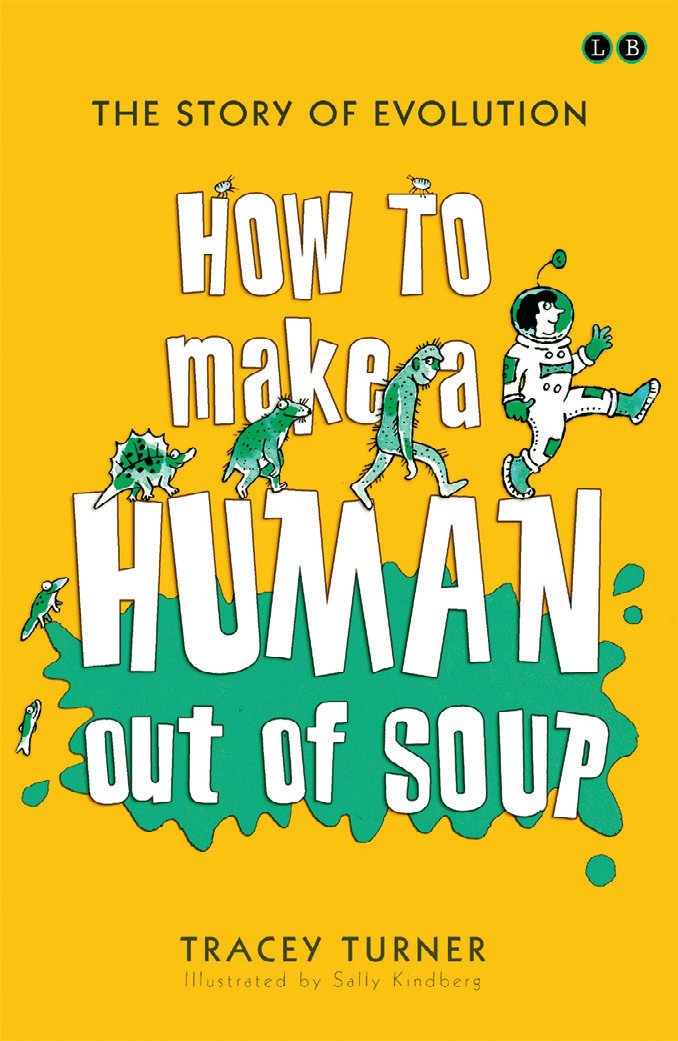 Any teacher musing how best to cover the ‘evolution’ aspect of the new Y6 programme of study for science might like to take a look at this enjoyable and comprehensive overview of the subject. Not only are the author’s explanations models of clarity, they are delivered with deliciously irreverent humour – and there are oodles of activities that could easily be borrowed for the classroom, including a rather brilliant puzzle aimed at helping children understand the concept of genetic inheritance through studying ‘zorgles’ (‘stinky drool is, unfortunately, dominant; non-stinky drool is recessive’).
Any teacher musing how best to cover the ‘evolution’ aspect of the new Y6 programme of study for science might like to take a look at this enjoyable and comprehensive overview of the subject. Not only are the author’s explanations models of clarity, they are delivered with deliciously irreverent humour – and there are oodles of activities that could easily be borrowed for the classroom, including a rather brilliant puzzle aimed at helping children understand the concept of genetic inheritance through studying ‘zorgles’ (‘stinky drool is, unfortunately, dominant; non-stinky drool is recessive’).
 Learning about art can be tricky. As adults, we often keep our queries to ourselves – afraid, perhaps, of being exposed as someone who can’t tell a work of staggering genius from the naive daubings of an amateur. And this in turn can lead to us dodging enquiries raised by children, just in case we give the ‘wrong’ answer. Thank goodness, then, for Susie Hodge, who highlights here many of the most common questions asked about the world of art, responding to each of them with an engaging combination of scholarly expertise and friendly enthusiasm, alongside examples of famous pieces to illustrate her points.
Learning about art can be tricky. As adults, we often keep our queries to ourselves – afraid, perhaps, of being exposed as someone who can’t tell a work of staggering genius from the naive daubings of an amateur. And this in turn can lead to us dodging enquiries raised by children, just in case we give the ‘wrong’ answer. Thank goodness, then, for Susie Hodge, who highlights here many of the most common questions asked about the world of art, responding to each of them with an engaging combination of scholarly expertise and friendly enthusiasm, alongside examples of famous pieces to illustrate her points.
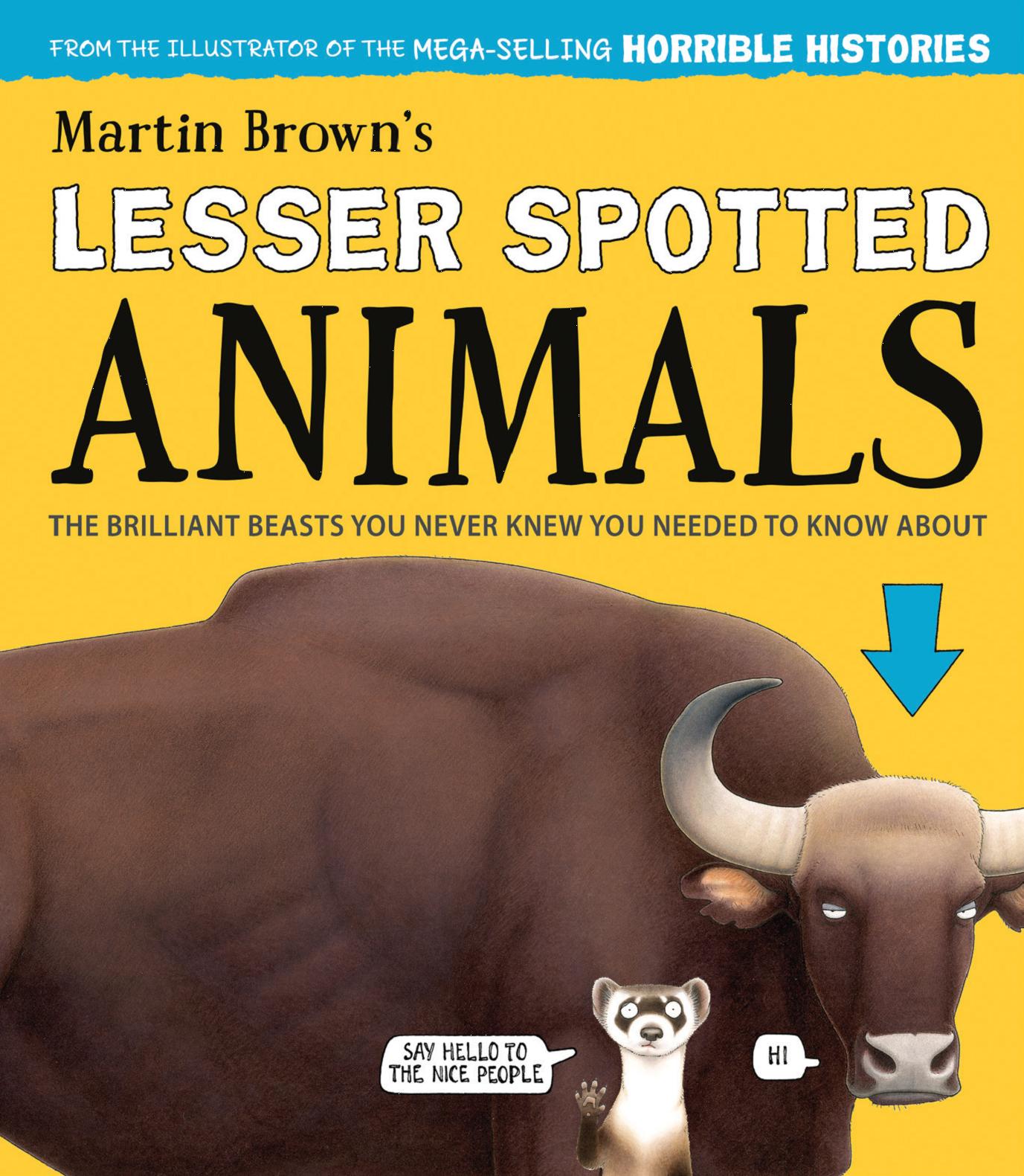 Fans of the Horrible Histories series will instantly recognise the style of illustration here – but in this case, the hugely talented Martin Brown is responsible for the words and research, as well as the accurate, yet irreverent, pictures. Packed with intriguing, yet easily digestible, chunks of information about each featured creature, alongside snappy and quirky fact files, this is a real treat for anyone who is interested in the natural world – especially if they reckon they already know pretty much all there is to know about zebras, lions, elephants and sharks.
Fans of the Horrible Histories series will instantly recognise the style of illustration here – but in this case, the hugely talented Martin Brown is responsible for the words and research, as well as the accurate, yet irreverent, pictures. Packed with intriguing, yet easily digestible, chunks of information about each featured creature, alongside snappy and quirky fact files, this is a real treat for anyone who is interested in the natural world – especially if they reckon they already know pretty much all there is to know about zebras, lions, elephants and sharks.
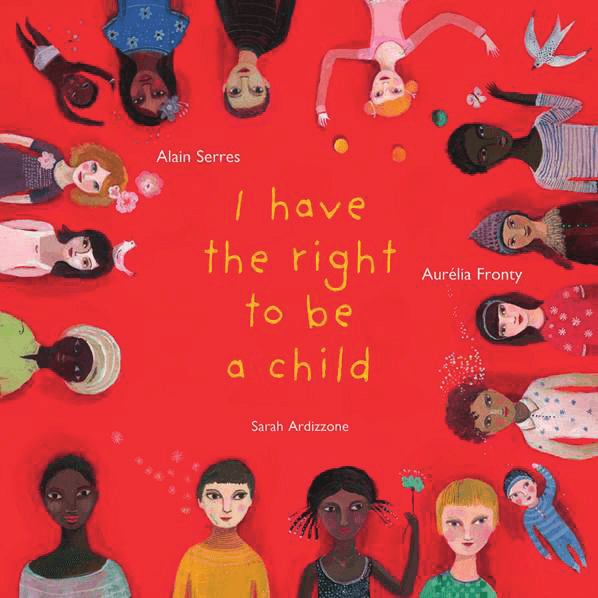 This beautifully illustrated book takes key articles of the United Nation’s Convention on the Rights of the Child, and presents them as deceptively simple – but open – questions that explore the nature of, necessity for, and responsibilities that must accompany our ‘rights’ as citizens of this planet. Every turn of the page reveals a new opportunity to explore assumptions about our entitlements as human beings, and consider the implications of turning them into a ratified treaty. For example: ‘If girls and boys are different, can our rights be exactly the same?’ ‘Can playing be a right, too?’ ‘How about the right to breathe clean air?’
This beautifully illustrated book takes key articles of the United Nation’s Convention on the Rights of the Child, and presents them as deceptively simple – but open – questions that explore the nature of, necessity for, and responsibilities that must accompany our ‘rights’ as citizens of this planet. Every turn of the page reveals a new opportunity to explore assumptions about our entitlements as human beings, and consider the implications of turning them into a ratified treaty. For example: ‘If girls and boys are different, can our rights be exactly the same?’ ‘Can playing be a right, too?’ ‘How about the right to breathe clean air?’
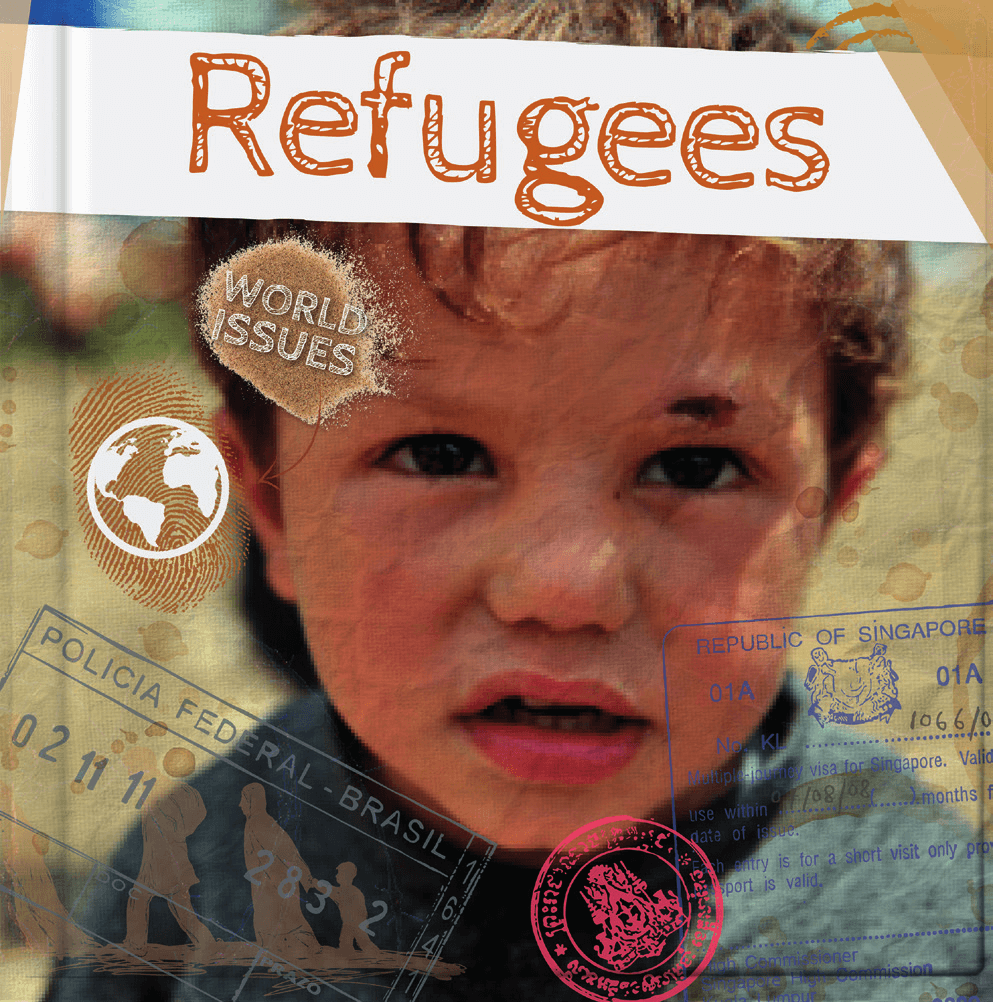 The team at BookLife focuses on one thing – selecting engaging, imaginative and informative books that will inspire curious young minds and engender a lifelong love of reading; and luckily for schools and teachers looking for great classroom resources, it does this very well indeed. Amongst its range of carefully curriculum linked titles for all phases from EYFS to KS4 is the splendid ‘World Issues’ series for KS2 readers, which covers four complex but important topics – racism, immigration, staying safe online, and refugees – in a way that will enable youngsters to understand and engage with them in an age-appropriate way. There is also a helpful glossary, plus activity suggestions to check comprehension and inspire further thinking.
The team at BookLife focuses on one thing – selecting engaging, imaginative and informative books that will inspire curious young minds and engender a lifelong love of reading; and luckily for schools and teachers looking for great classroom resources, it does this very well indeed. Amongst its range of carefully curriculum linked titles for all phases from EYFS to KS4 is the splendid ‘World Issues’ series for KS2 readers, which covers four complex but important topics – racism, immigration, staying safe online, and refugees – in a way that will enable youngsters to understand and engage with them in an age-appropriate way. There is also a helpful glossary, plus activity suggestions to check comprehension and inspire further thinking.
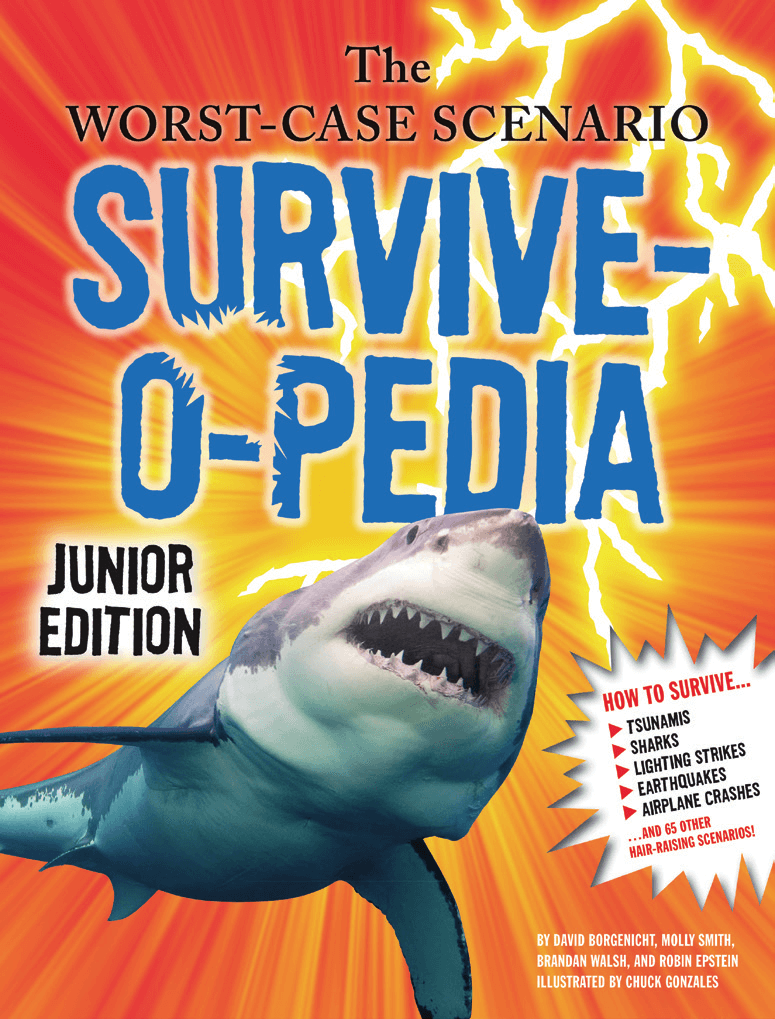 Not for those of a nervous disposition, this is an encyclopaedia especially for thrill-seekers, skipping all the useful-but-dull stuff about trade winds and corn laws, and cutting straight to the juicy bits: sandstorms, avalanches, meteor strikes, shark attacks and more. It’s packed with gruesome details and dizzying statistics, which are so cleverly presented that children won’t even notice the amount of physics, biology, history and geography that they’re picking up as they leaf through the pages.
Not for those of a nervous disposition, this is an encyclopaedia especially for thrill-seekers, skipping all the useful-but-dull stuff about trade winds and corn laws, and cutting straight to the juicy bits: sandstorms, avalanches, meteor strikes, shark attacks and more. It’s packed with gruesome details and dizzying statistics, which are so cleverly presented that children won’t even notice the amount of physics, biology, history and geography that they’re picking up as they leaf through the pages.
 Is there no end to the appetite of small boys and girls for weird, ridiculous and preferably quite revolting facts that they can share with each other in the playground and, of course, relate gleefully to their teacher as a handy distraction from today’s GaPS session? Apparently not – so check out this appealing little package, with quirky, bright infographics bringing each new, epic revelation to life, and topics ranging from, how long does it take different foodstuffs to go off?’ to ‘Who would win in a fight between a colossal squid and a blue whale?’
Is there no end to the appetite of small boys and girls for weird, ridiculous and preferably quite revolting facts that they can share with each other in the playground and, of course, relate gleefully to their teacher as a handy distraction from today’s GaPS session? Apparently not – so check out this appealing little package, with quirky, bright infographics bringing each new, epic revelation to life, and topics ranging from, how long does it take different foodstuffs to go off?’ to ‘Who would win in a fight between a colossal squid and a blue whale?’
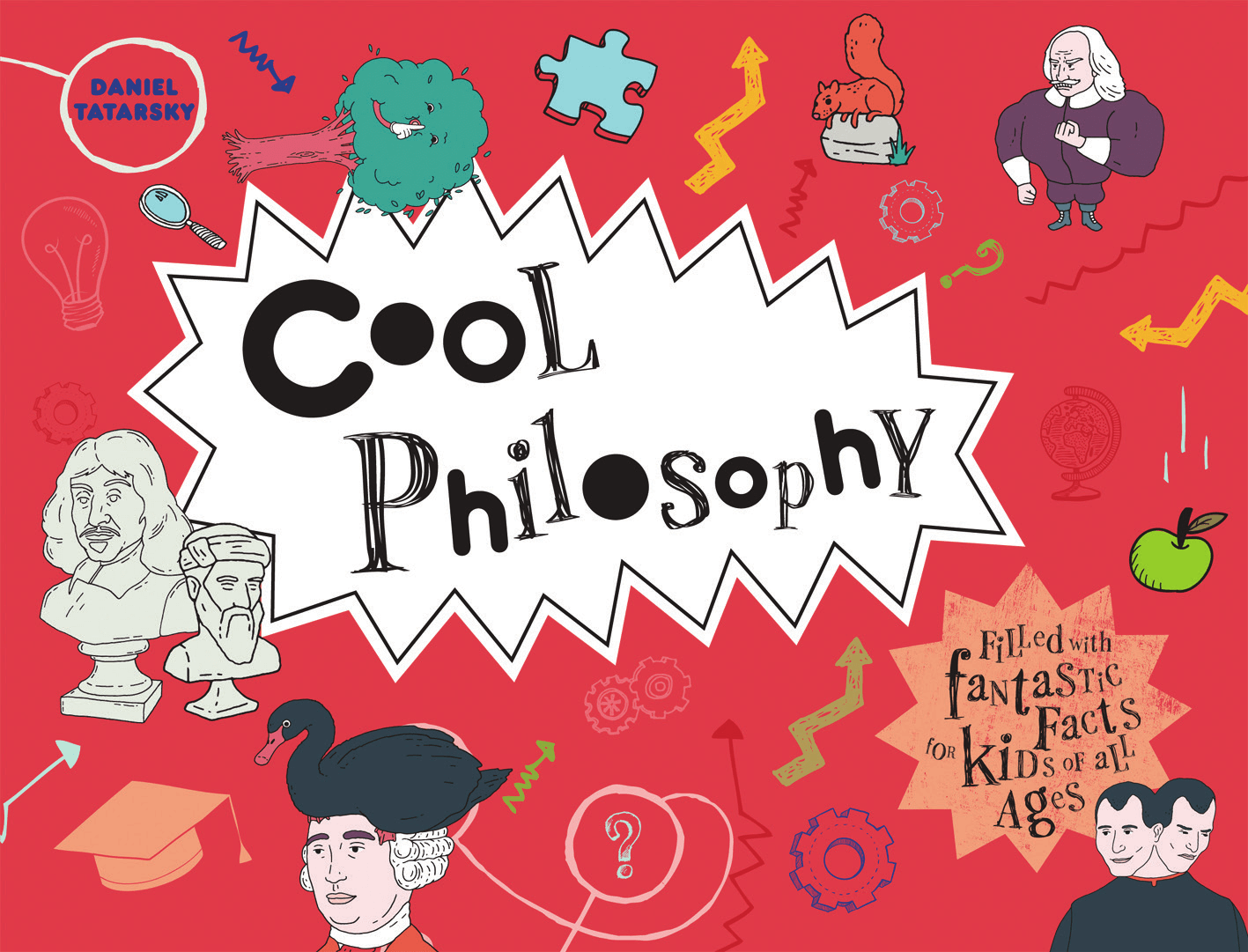 The call for primary schools to start teaching philosophy as a matter of course is becoming increasingly widespread; this clear, comprehensive overview of mankind’s search for meaning and truth in life provides a superb springboard for doing exactly that. Fizzing with excitement all the way, it traces the journey of debate and discovery from Socrates, Plato and Heraclitus to David Chalmers with his philosophical zombies – and beyond. Daniel Tatarsky explains and contextualises some of the most powerful ideas human beings have ever conceived with elegant and engaging simplicity; poses fascinating questions; and includes all kinds of quirky and cool facts. It’s not big… but it’s definitely very clever indeed.
The call for primary schools to start teaching philosophy as a matter of course is becoming increasingly widespread; this clear, comprehensive overview of mankind’s search for meaning and truth in life provides a superb springboard for doing exactly that. Fizzing with excitement all the way, it traces the journey of debate and discovery from Socrates, Plato and Heraclitus to David Chalmers with his philosophical zombies – and beyond. Daniel Tatarsky explains and contextualises some of the most powerful ideas human beings have ever conceived with elegant and engaging simplicity; poses fascinating questions; and includes all kinds of quirky and cool facts. It’s not big… but it’s definitely very clever indeed.
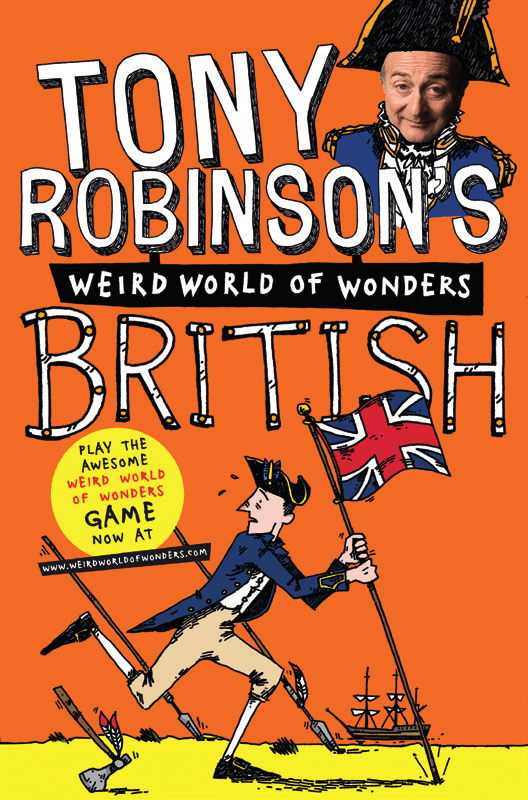 Getting children curious and excited about the past is a constant priority for educators, so there’s always room on the bookshelf for another series that presents genuinely interesting facts with both humour and authority. And this is exactly what you get with Tony Robinson’s Weird World of Wonders. The Time Team star’s famous enthusiasm for digging down and discovering information about times gone by is immediate and infectious, and he writes as he speaks, with the captivating fluency of a born storyteller.
Getting children curious and excited about the past is a constant priority for educators, so there’s always room on the bookshelf for another series that presents genuinely interesting facts with both humour and authority. And this is exactly what you get with Tony Robinson’s Weird World of Wonders. The Time Team star’s famous enthusiasm for digging down and discovering information about times gone by is immediate and infectious, and he writes as he speaks, with the captivating fluency of a born storyteller.
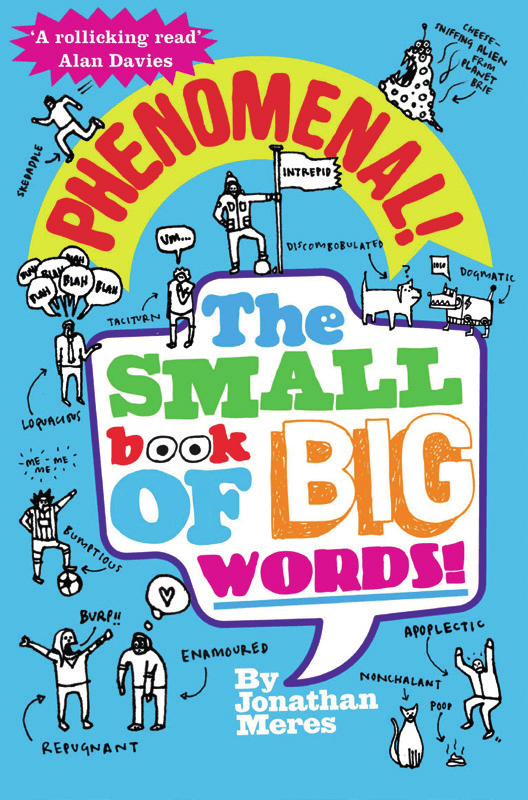 This is a truly joyful celebration of language, introducing a wealth of wonderful words with enthusiasm and a wicked sense of humour. The presentation is clear and accessible; the jokes genuinely funny; and the illustrations gloriously naughty. Best of all, perhaps, every entry has been carefully chosen to slip comfortably into playground conversation – these aren’t just fancy tongue twisters selected on the grounds of length and obscurity, they are words that are as useful as they are interesting (think asinine, plethora, hapless and verve).
This is a truly joyful celebration of language, introducing a wealth of wonderful words with enthusiasm and a wicked sense of humour. The presentation is clear and accessible; the jokes genuinely funny; and the illustrations gloriously naughty. Best of all, perhaps, every entry has been carefully chosen to slip comfortably into playground conversation – these aren’t just fancy tongue twisters selected on the grounds of length and obscurity, they are words that are as useful as they are interesting (think asinine, plethora, hapless and verve).
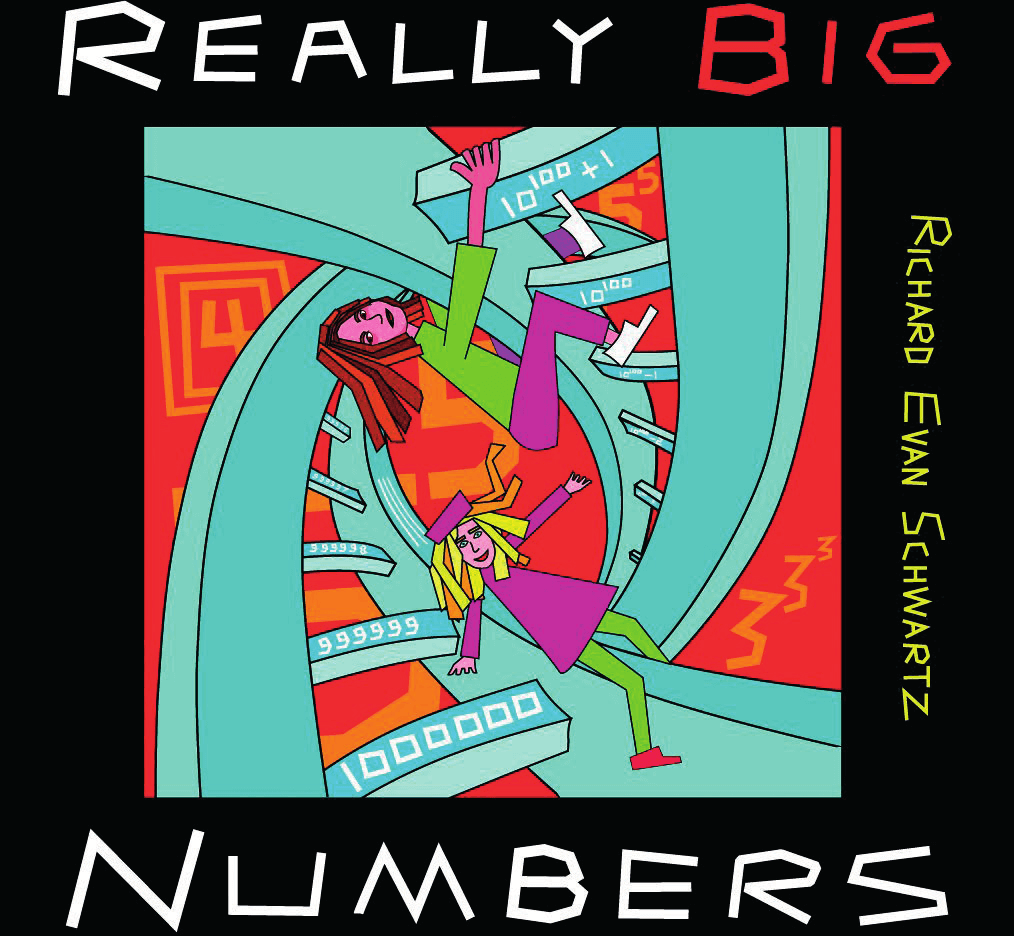 Few things fascinate children more instinctively than the idea of really big numbers. For a four-year-old, that might mean 50 or a hundred; but it’s one of the great joys of teaching maths to see just how quickly he or she starts asking how high it’s possible to count, and what’s bigger than a billion, or a trillion. Starting with small, easily observable numbers and building up gradually to the dizzyingly huge ones towards infinity itself, Richard Evans Schwartz takes readers on a fascinating journey of discovery, making increasingly complex concepts accessible through a combination of striking illustrations and passionate, enthused writing.
Few things fascinate children more instinctively than the idea of really big numbers. For a four-year-old, that might mean 50 or a hundred; but it’s one of the great joys of teaching maths to see just how quickly he or she starts asking how high it’s possible to count, and what’s bigger than a billion, or a trillion. Starting with small, easily observable numbers and building up gradually to the dizzyingly huge ones towards infinity itself, Richard Evans Schwartz takes readers on a fascinating journey of discovery, making increasingly complex concepts accessible through a combination of striking illustrations and passionate, enthused writing.










